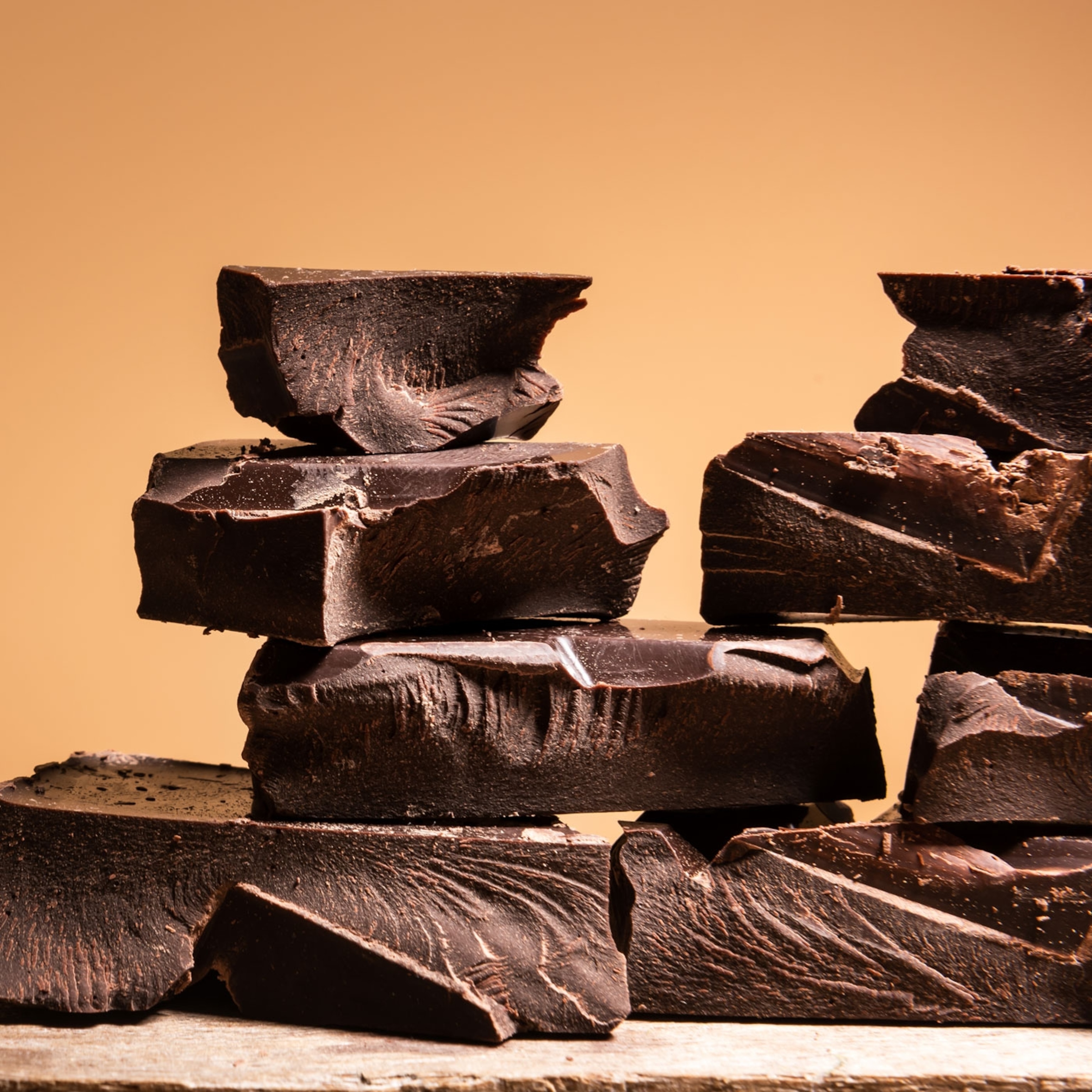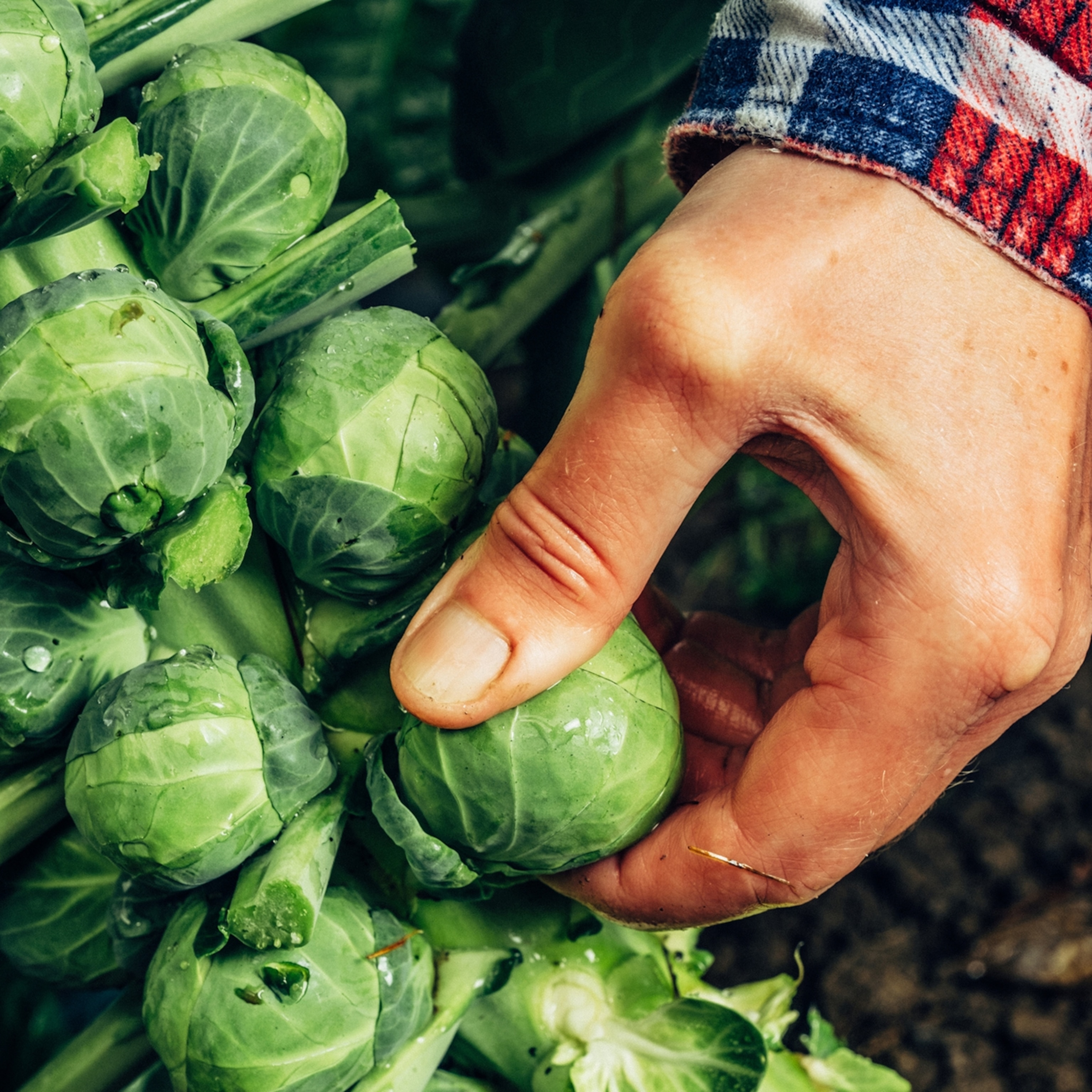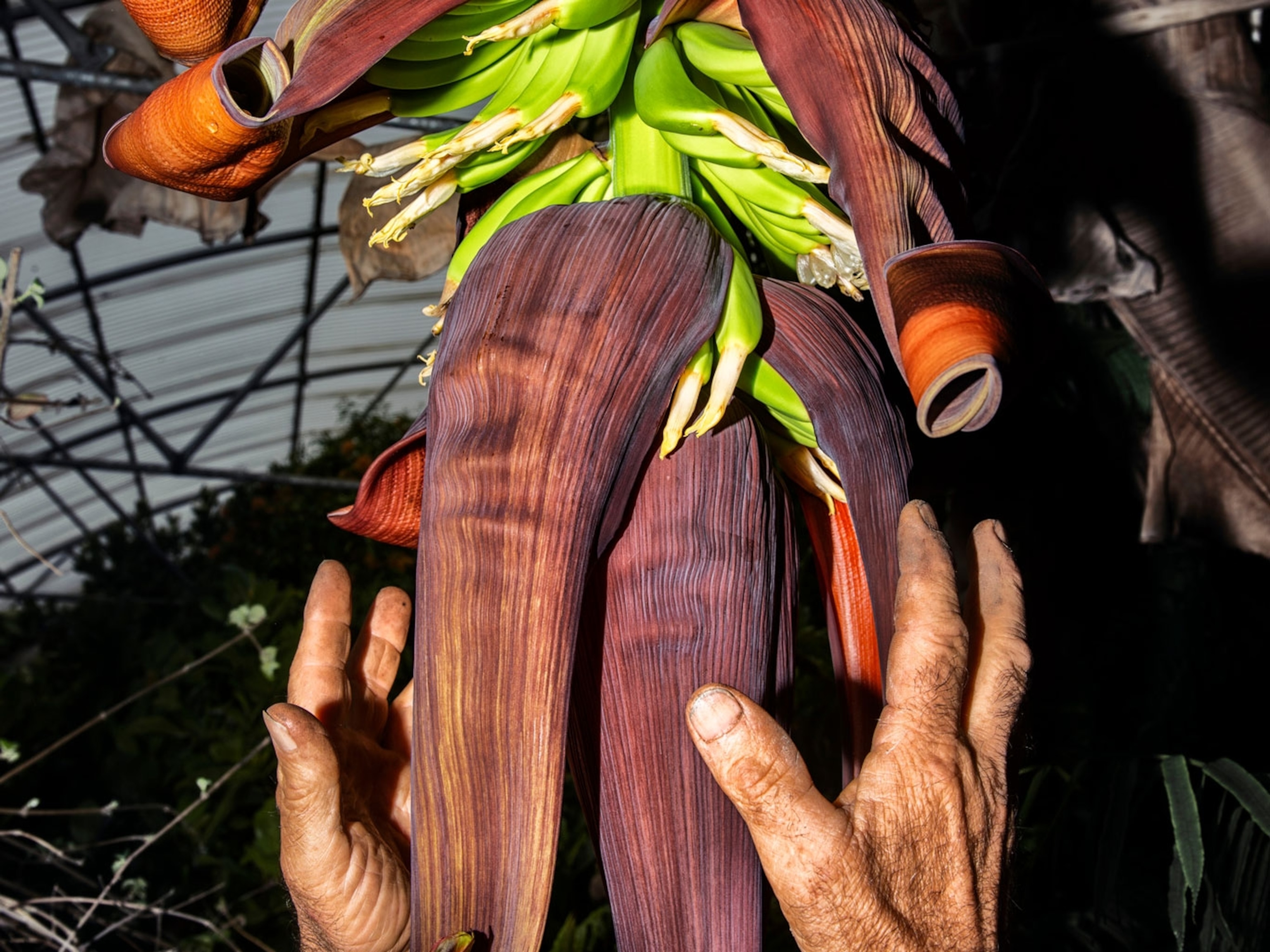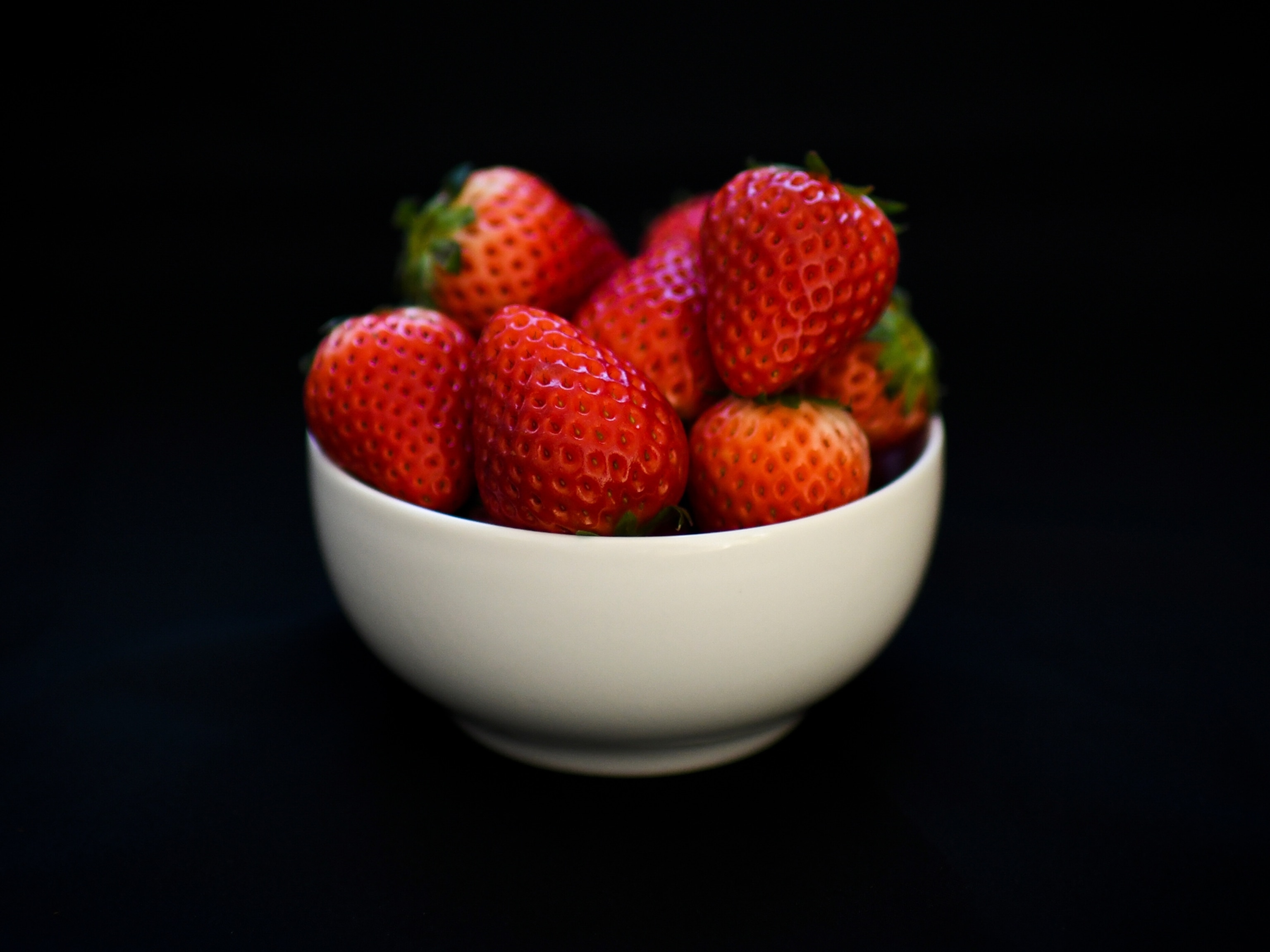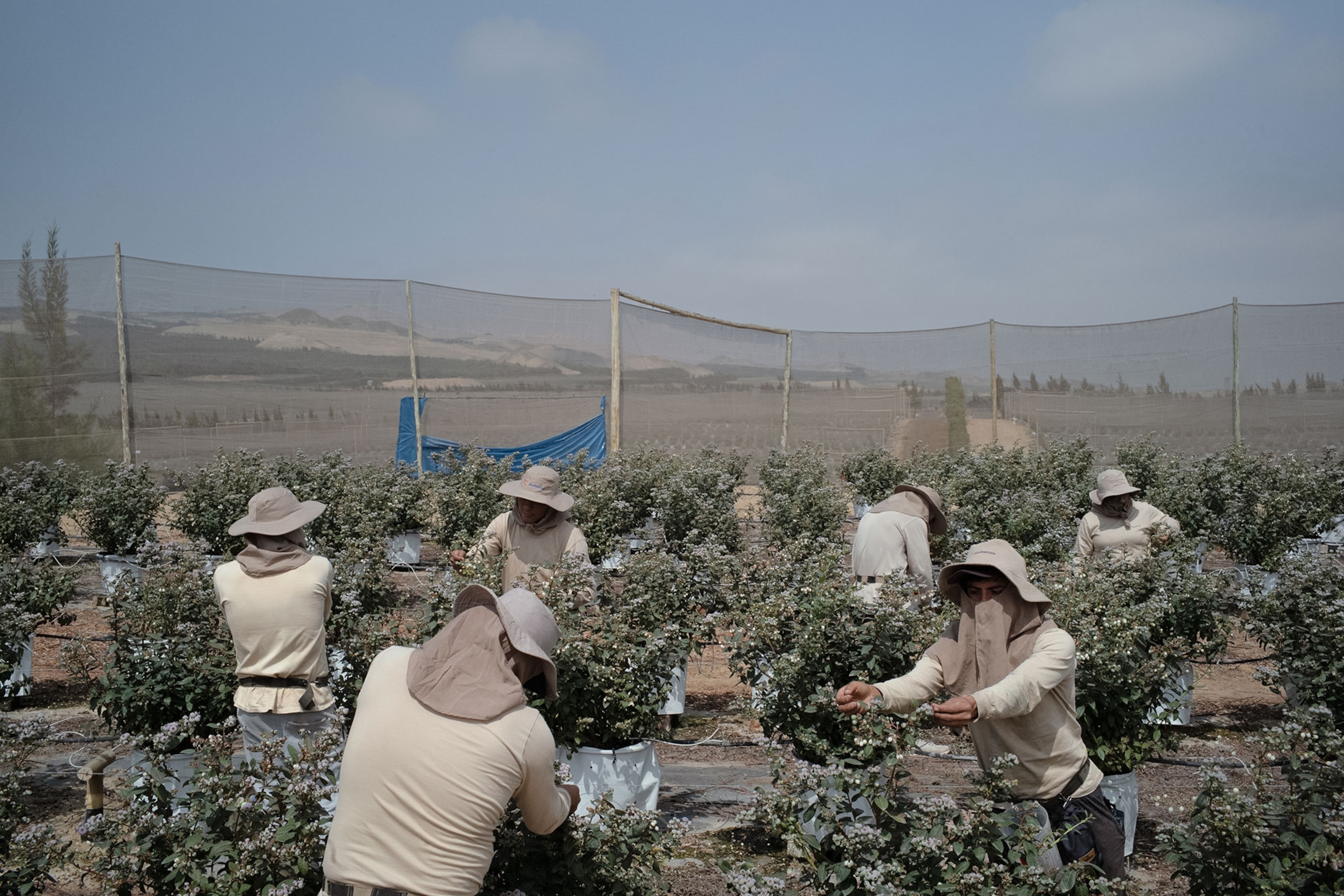
How the Peruvian desert became the unlikely blueberry capital of the world
Peru supplies nearly half of the fresh blueberries sold in the U.S. After last year’s heatwave, this is how the country is speeding up the race for varieties more resilient to climate change.
In early August, the sandy hills along the coast of La Libertad, in northern Peru, are laden with bluish-purple fruit. The blueberry harvest is just weeks away in a desert thought inhospitable to berries just over a decade ago. Now, the arid region is placing Peru at the forefront of the global blueberry market.
As he walks through the bushes, barely five feet tall, Álvaro Espinoza leans in, his eyes widening at so many blueberries—and the gargantuan size of some.
“Even the gauge is useless,” says the agricultural engineer, trying to measure one with a keychain featuring different circular-sized openings. The berry doesn’t fit into the largest one-inch hole.
Espinoza was among the first to experiment with growing blueberries in Peru about fifteen years ago, when this fruit, native to the Northern Hemisphere, was barely on the country’s radar.
“People called me crazy,” he recalls. Since then, the growth of Peru’s blueberry industry has been as meteoric as Bitcoin.
The South American country went from planting only a few hundred acres of blueberries in 2012 to the world's top exporter of fresh blueberries for the last five consecutive years.
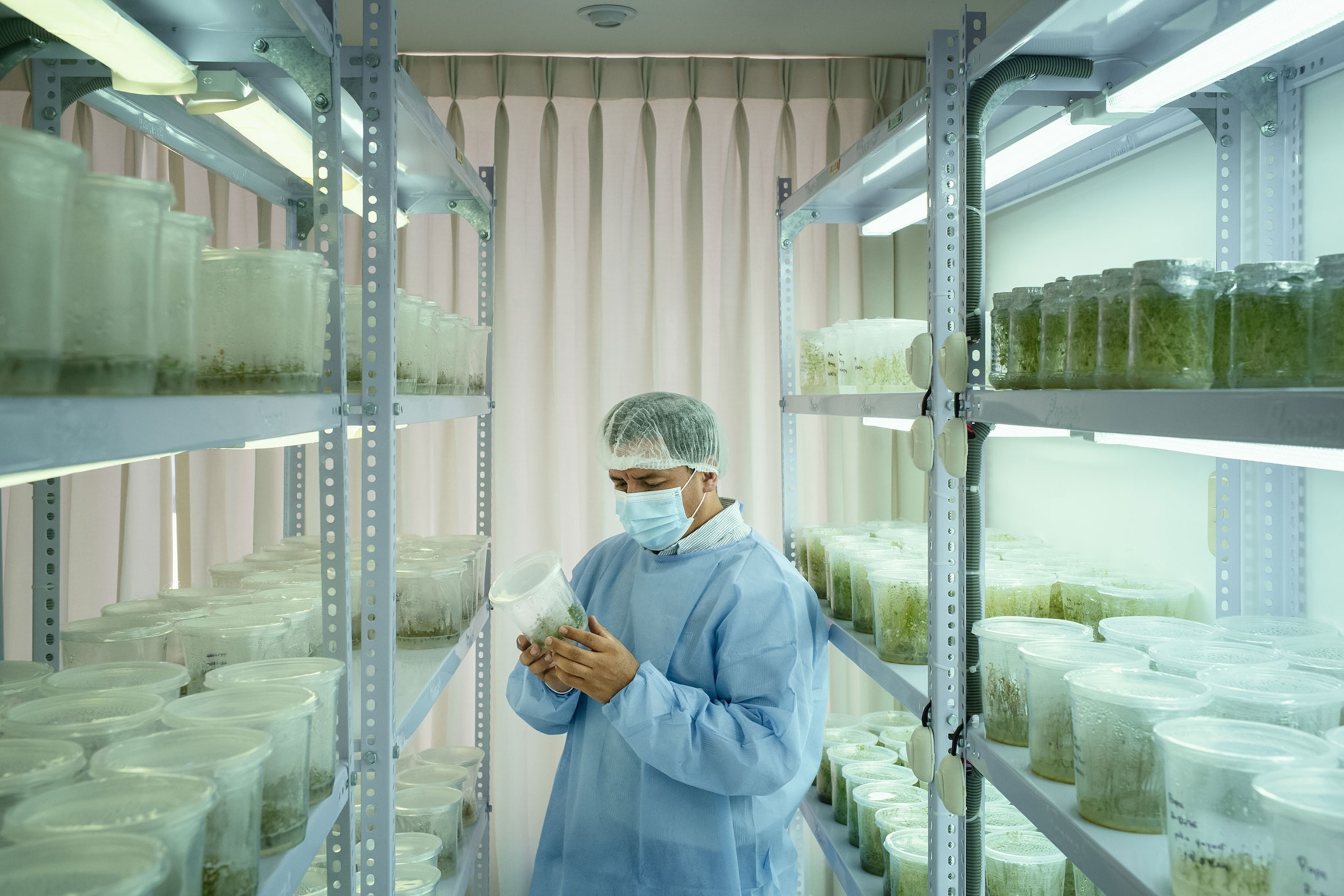

The hunt for a desert-loving blueberry
Inspired by the success of their Chilean neighbors, Peruvian entrepreneurs began exploring a local blueberry market in the early 2000s. But finding the right variety took years of trial and error—Espinoza tried to set up a nursery but failed. He now works in sales for Planasa, a Spanish company that develops tastier and better growing berries.
In Peru, the challenge was to overturn the conventional wisdom that blueberries needed a minimum number of chill hours—temperatures below 45°F—to thrive. While the Andean highlands met these conditions, the rugged terrain posed significant hurdles for an industry heavily reliant on manual labor and an infrastructure of advanced irrigation systems and packing plants.
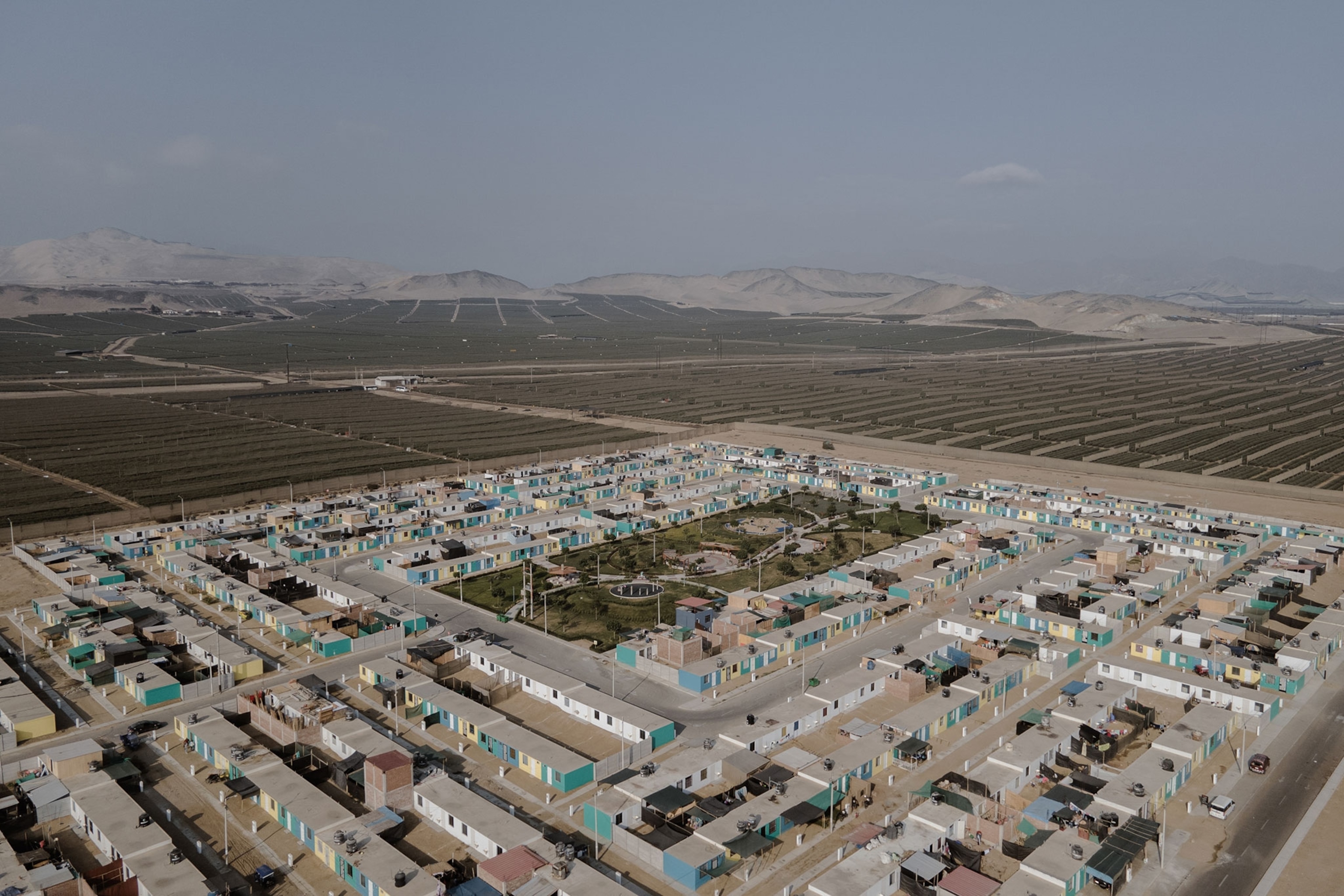
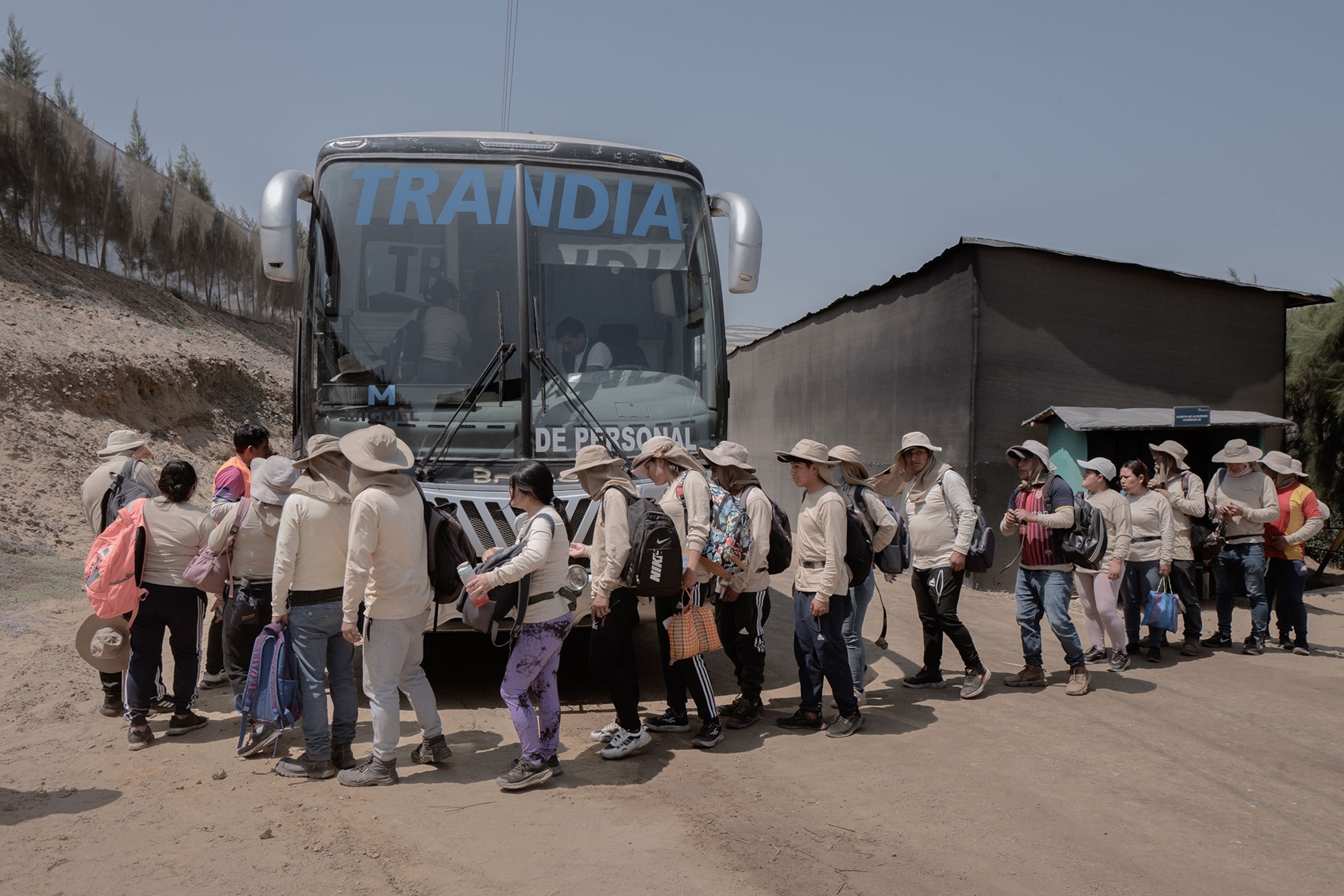
The goal was the coast, where irrigation megaprojects and large agro-export companies were already established, says Carlos Gereda, a pioneer in the industry and founder and CEO of Inka’s Berries.
He was the first to identify a blueberry variety that could cope with the temperate Peruvian shore, where the Humboldt Current meets the Andes, creating desert-like conditions.
Born into a farming family, Gereda began traveling to Chile in 2006 to learn about blueberries. On one of his trips, he brought back 14 varieties to test in Peru’s desert. It took him two years to find the right one, named Biloxi. With this variety identified, he invested $300 to start a company that became a Peruvian blueberry trailblazer.
Breeding the rugged blueberries of the future
Today, Peru’s blueberry fields span over 49,000 acres—slightly larger than the size of Brooklyn—and the country ships more than twice as many blueberries abroad as its closest rivals. Over half of sales go to the United States, where Peru supplies four out of 10 fresh blueberry imports.
But last year, this boom faced its first setback. A major heat wave driven by an El Niño event hit Peru’s northern coast, including La Libertad, the heart of the blueberry industry. Temperatures soared 40°F above average, making it the country’s warmest winter in over 60 years. The heat devastated some blueberry varieties, and production plummeted by 25 percent.
"Agriculture is like this—nothing is certain, and everything is yet to be proven; you have to live it," says Gereda. "There are moments when out of nowhere, a powerful climate event forces you to rethink everything."
This experience, along with the expectation of rising temperatures due to climate change, has accelerated efforts to develop new, genetically improved blueberry varieties that can thrive in even hotter climates.
To create these resilient varieties, scientists cross parent plants, germinate the seeds, and evaluate them over years to select the best individuals, which are then cloned and multiplied in vitro. Another goal in this genetic race is to produce 'jumbo' blueberries—making inch-long blueberries the norm—to boost yields and meet market expectations.
Last year, Inka's Berries released two new jumbo-sized varieties, Alessia and Abril, named after Gereda's nieces. Both are tropicalized varieties that flourish without cold temperatures.

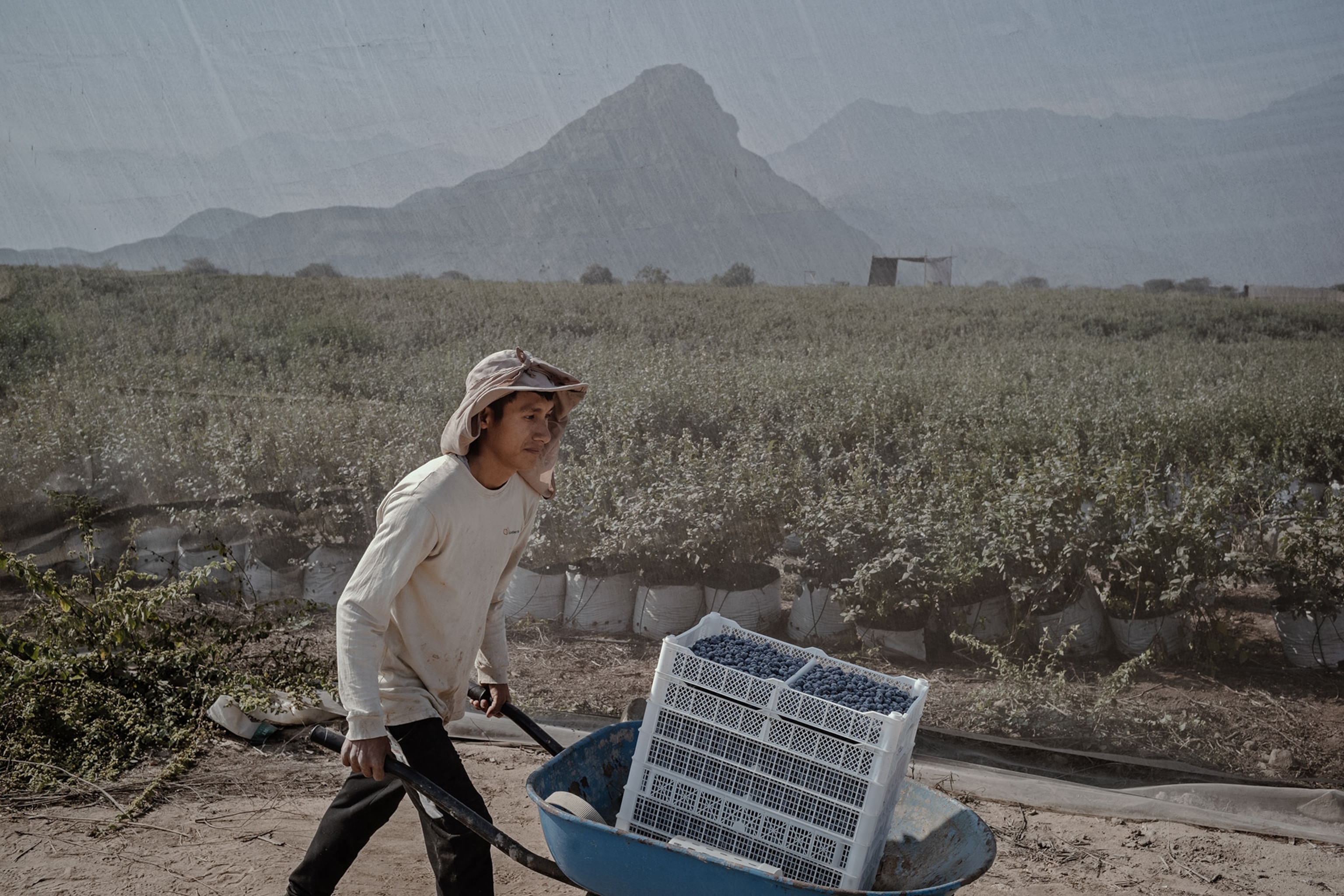
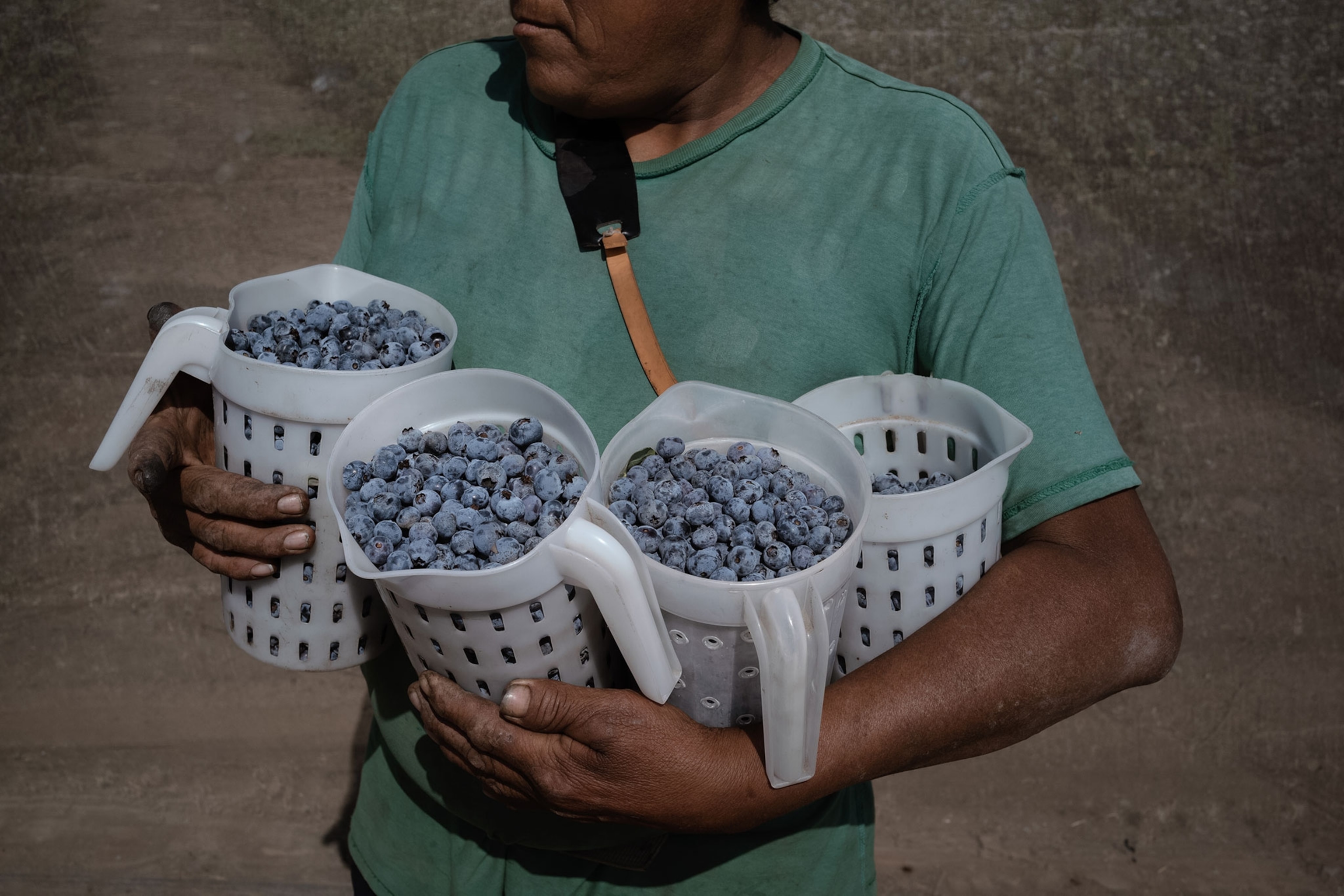

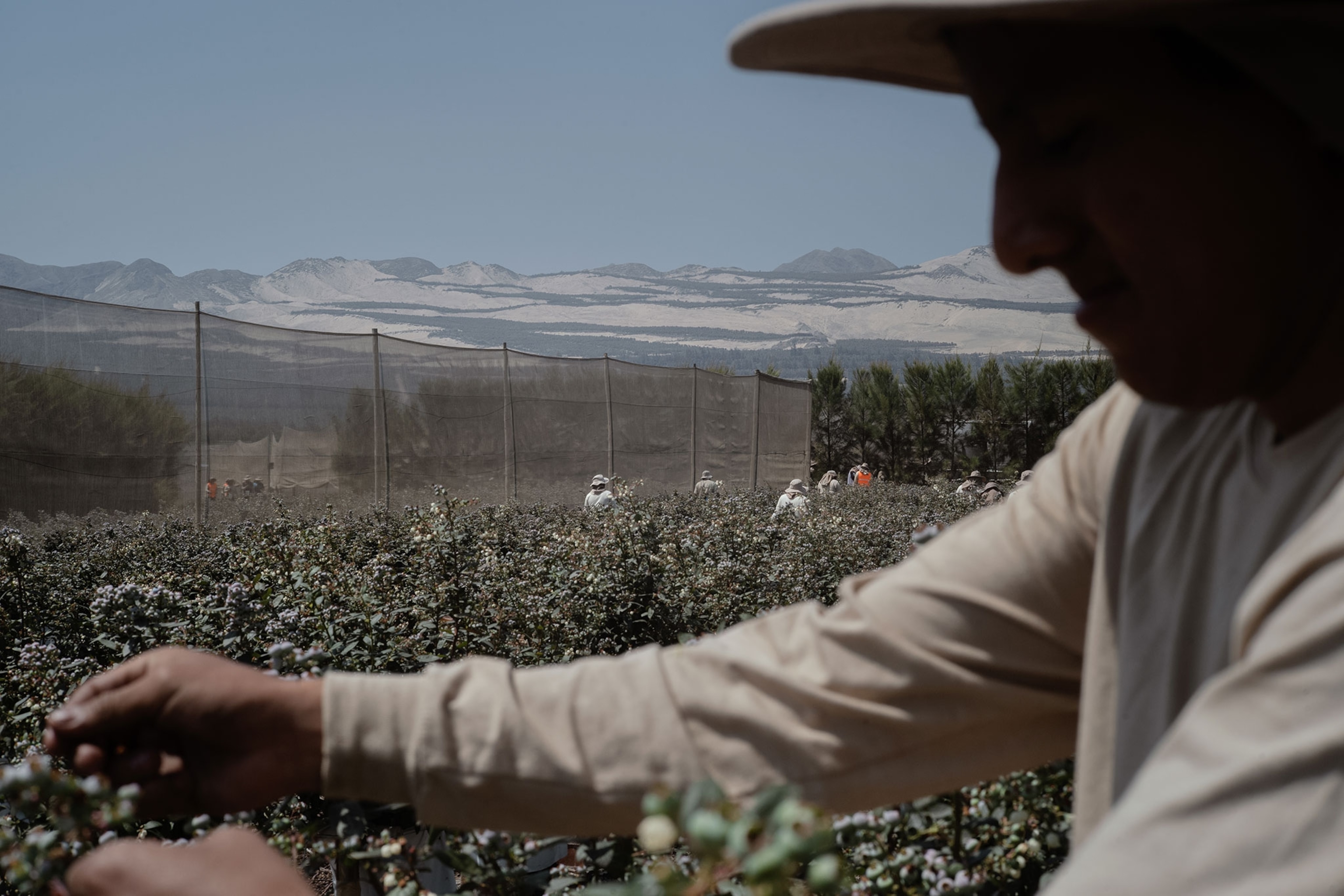
Prosperity leaves harvesters behind
Despite the initial challenges, Peru’s coastal microclimate has proved advantageous for high blueberry yields and year-round production. Foreign and domestic companies—drawn by tax incentives and a cheap labor force—quickly made money by selling the fruit at a premium during the off-season in Chile and the U.S.
Even accounting for last year’s extreme weather, Peru sold a record $1.7 billion worth of fresh blueberries overseas. Today, blueberries are the country’s second-biggest crop after grapes, helping fuel a 13-fold increase in total annual farm exports since 2000.
Yet, the living conditions of blueberry harvesters haven’t kept pace with the industry’s success. “While the companies continue to grow, we’re exploited on minimum wage [$275 per month],” says Julisa González, a picker at Camposol, the largest blueberry exporter. Her daily pay barely covers the cost of three packs of blueberries in New York City.
Though a few large companies dominate Peru’s blueberry industry, an emerging number of medium-sized farmers are entering the business.
Among them is Emilia Luján Pérez, a 76-year-old farmer preparing to plant blueberry bushes on her two-acre plot in Virú, a coastal province of La Libertad. In eight months, she hopes to harvest her first tons of blueberries to meet the ever-growing global appetite.
“If I need more land,” Pérez jokes, pointing her walking stick at the arid mountains behind her property, “I’ll take over the hills.”
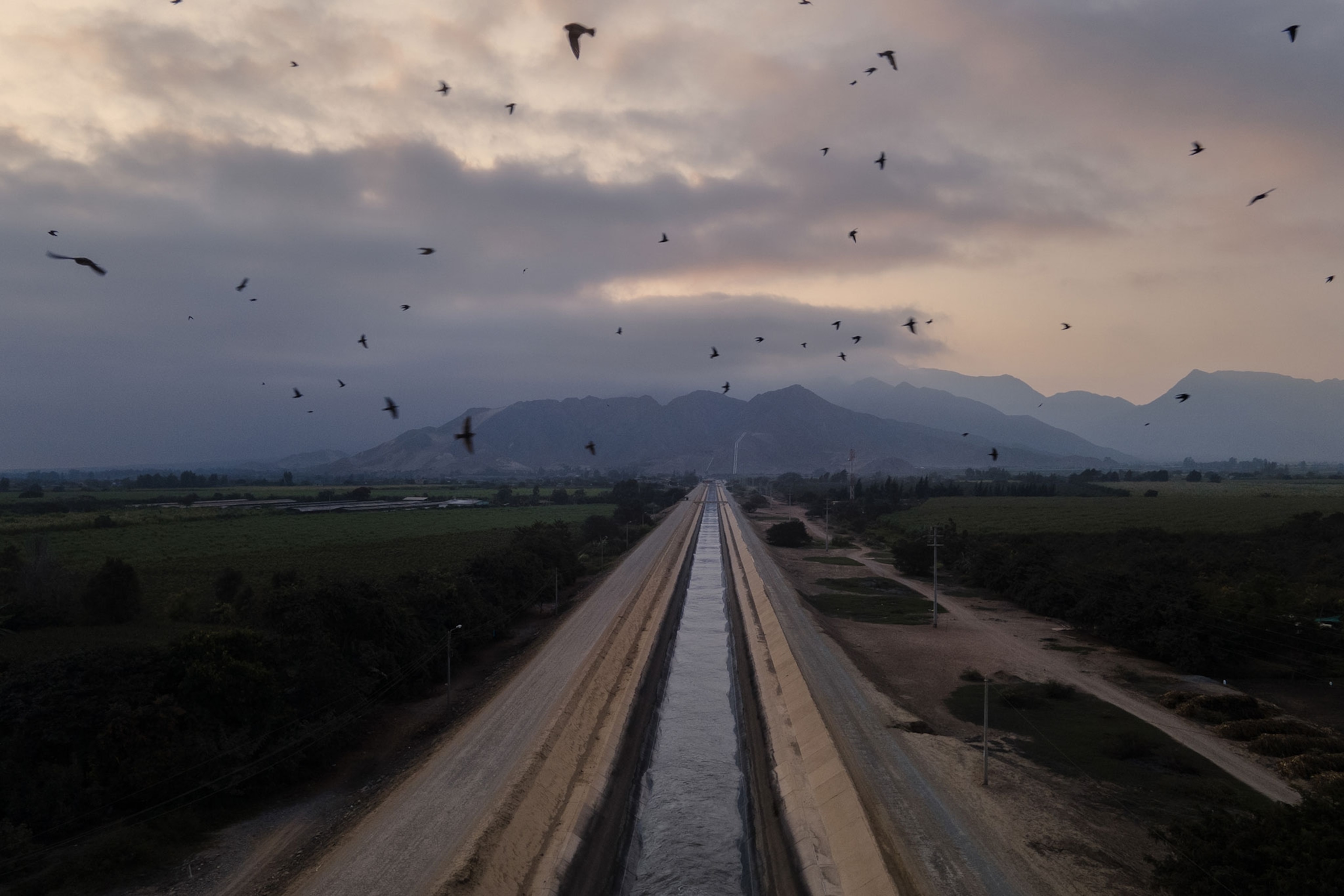
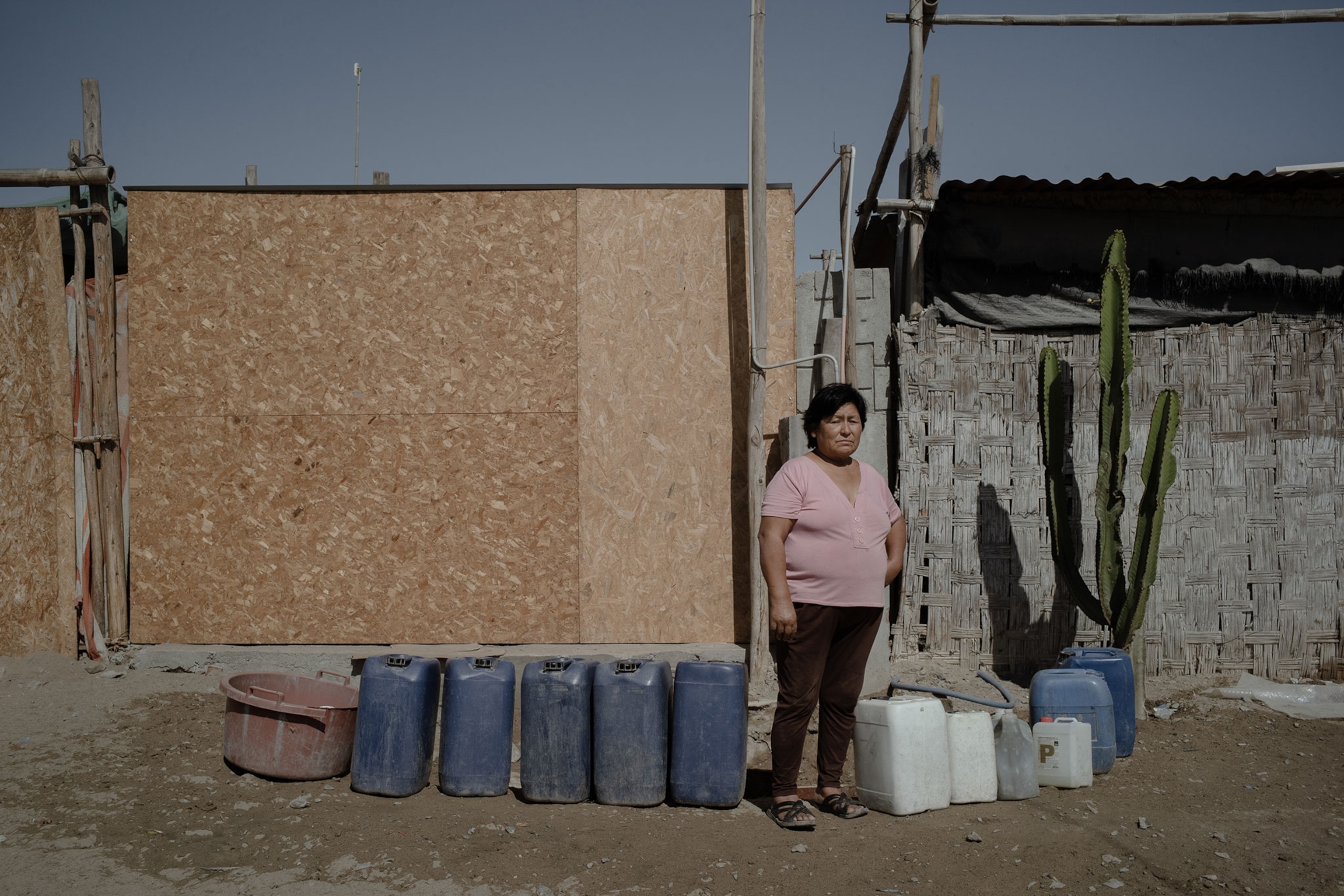


This story was supported by the Pulitzer Center.

